Community Infrastructure: Challenges & Examples
Due the logistical challenges attached with rurality and the lack of incentive for private investment, certain communities face hurdles when implementing the infrastructure that other communities take for granted like high speed internet or affordable energy.
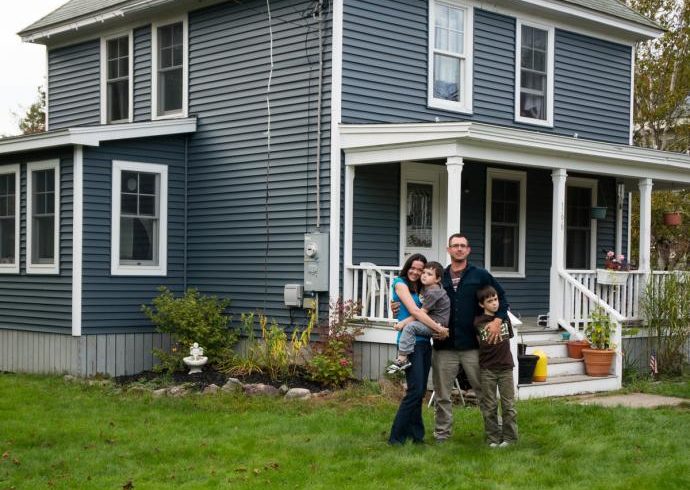
Addressing Affordable Housing
Many Maine islands offer limited affordable housing that meets the needs of their communities. Few rental units are available year-round, while off-peak seasonal rentals may be too expensive for young families, seniors, and local workers. Municipal services and economic activity suffer as year-round and summer positions such as school teachers, town employees, restaurant staff, and lobster boat sternmen remain unfilled. In the long run, a lack of quality housing for school teachers and the young families that provide island schools with new students threatens the year-round nature of many of these communities. Several islands have launched organizations to address this significant challenge and utilized philanthropic donations, state funds, and sweat equity to create quality and affordable housing units. However, housing remains a significant need for most communities. Read on to discover one community's solution and the leader behind it.
Solution Examples
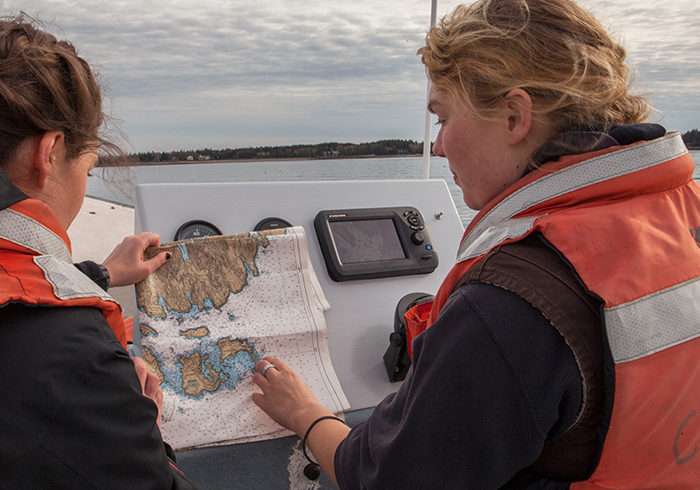
Designating Ocean Spaces
When decision makers are going through the regulatory process (e.g. the designation of ocean spaces for a particular use), it can be difficult to ensure that all stakeholders are being recognized. That means that waterfront communities and their needs are not always being addressed, and this can prove to be a problem—especially when the decision-making process is focused on regulating ocean spaces. New documents and data goldmines like the Northeast Ocean Plan and Northeast Ocean Data Portal are providing invaluable tools for waterfront communities to use to make sure their voices are heard when it matters most.
Solution Examples
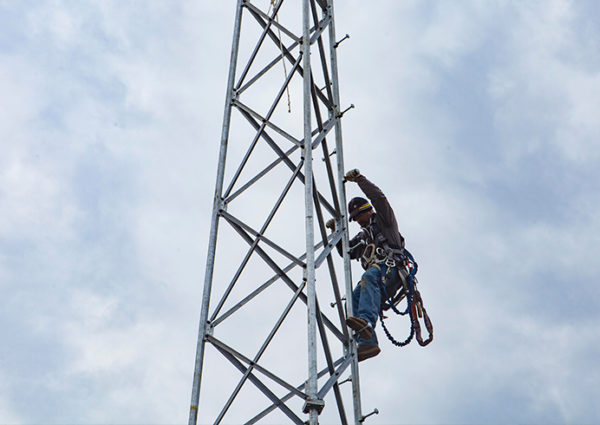
Expanding Broadband Access
Many people in the U.S. take high-speed internet service (broadband) for granted, but it’s a necessity for businesses, community services, and individuals who work from home. Most of Maine’s remote coastal communities and islands don’t have access to fast, reliable internet, which puts these communities on the wrong side of the digital divide and out of contact with customers, clients, and visitors. The lack of broadband negatively affects everyone: businesses, fishermen, students, municipal services, residents, and visitors. Many coastal and island residents are working together to solve this problem by identifying and implementing improvements to infrastructure to support broadband, while raising awareness of the challenge and the ways that broadband can be used to improve business efficiency, workforce development, and quality of life.
Solution Examples
- Improving Digital Literacy – National Digital Equity Center
- Address Affordability – Islesboro’s Municipal Broadband Service
- Consider WiFi hotspots
- Choose a Financial Model – CI Fiber
- Public Funding Sources – Roque Bluffs & USDA Reconnect
- Public Funding Sources – Cranberry Isles & USDA Community Connects
- State infrastructure & planning grants
- Perform a feasibility study
- Work with an incumbent provider
- Request for information
- Consider regional and policy context
- Communicate with Stakeholders
- Identify community priorities
- Form a broadband working group
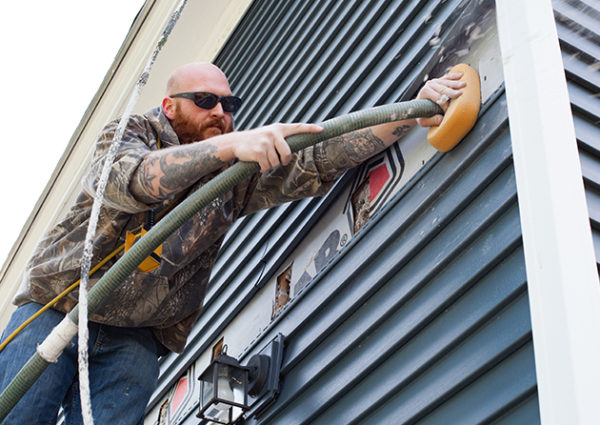
Lowering Energy Costs
Buy heating fuel in an island community, and you might pay a dollar more per gallon than mainland customers. Electricity prices are similarly high; islands connected to the grid with submarine cables pay high prices due to periodic cable replacements and on-island distribution and maintenance costs. Islands without a cable are often powered by diesel generators, expensive both to fuel and maintain. These same challenges are faced by rural communities in many remote places around North America and beyond. Islanders and others serviced by a small electric co-op face another concern. With only a few hundred (or fewer) customers, set costs like energy generation or transmission, distribution, and maintenance are shared by a small number of consumers. If a large building were suddenly to drop off the grid (which could happen if people pursue individual solutions, like roof-top solar, without community-wide coordination), other users would see an increase in their bills.
Solution Examples
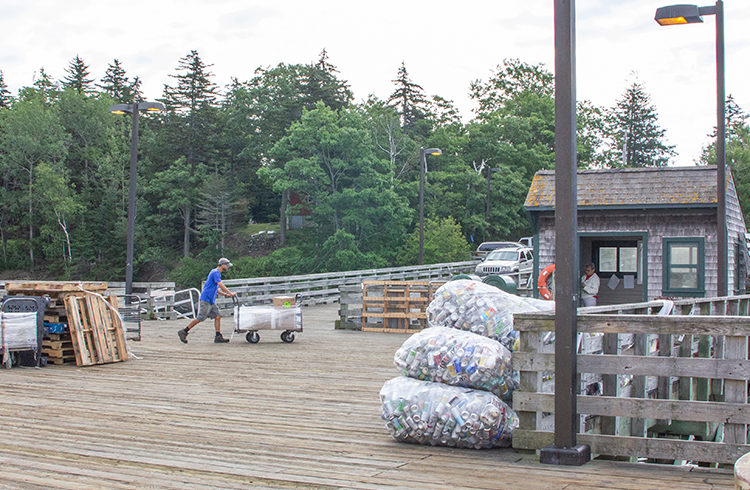
Managing Solid Waste
While mainland residents can adopt an 'out of sight, out of mind' approach to their trash, if you live on an island, you know that solid waste removal is neither simple nor invisible. Nor cheap. In the age of plastics, older island methods like burning, backyard dumping, and ocean sinking aren't legal or desirable. Islands present particular challenges when managing solid waste. Finite space, thin topsoil, and the high potential for groundwater contamination preclude the traditional landfill. Federal clean air acts and the risk of fire prevent large-scale burning. Remote locations and erratic ferry schedules mean that transport off the island can be infrequent and expensive. Whether contracting with a nearby city, using private barge, or relying upon volunteers, each island must consider its own particular set of circumstances when developing a sustainable waste management program.
Solution Examples
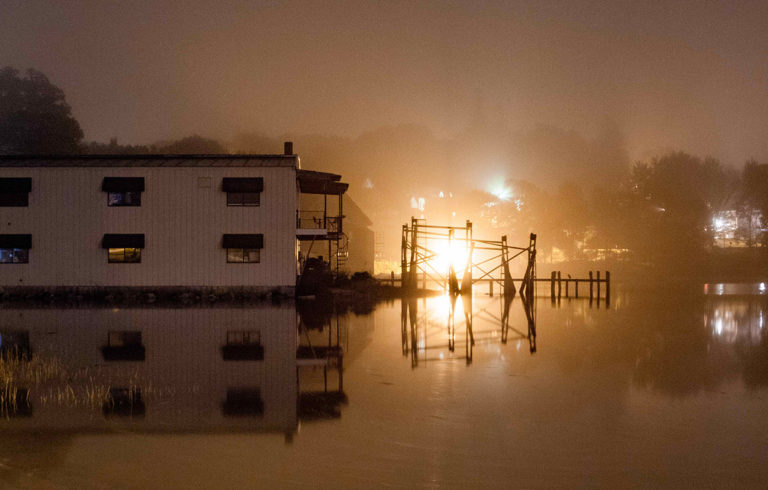
Preparing for Rising Seas
Late in 2017, the U.S. government released a report on climate change that estimates more extreme and damaging weather disaster events and a rise in global sea levels amounting to several inches in the next 15 years and one to four feet – with the possibility of rising even by as much as eight feet – by 2100. Looking to the future, the National Oceanic and Atmospheric Administration (NOAA) identifies the coast of Maine as being particularly vulnerable to storm events and sea level rise. In fact, the coast and islands are already grappling with historic storm damage and coastal flooding.
Solution Examples
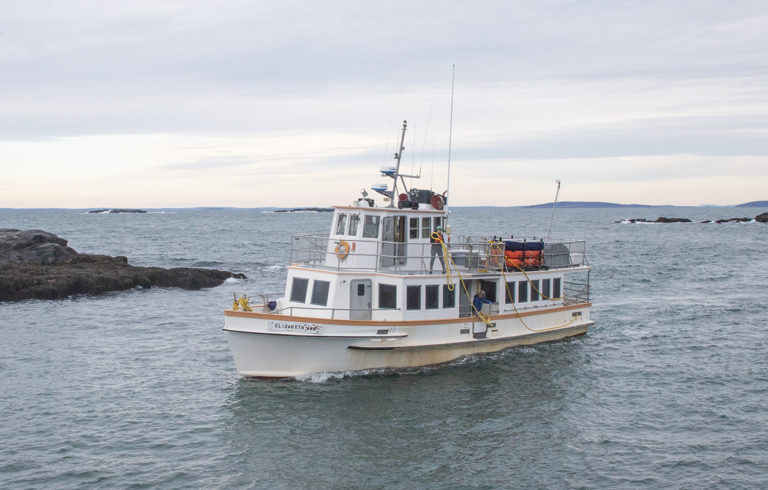
Providing Sustainable Transportation
Island communities are dependent on transportation to and from the mainland for very simple daily needs as well as extreme circumstances. Most island residents depend on modes of transportation like ferries and air services to bring food, fuel, mail, and other necessities to the island, as well as to transport waste off the island. They also depend on transportation infrastructure to access key mainland services and to transport individuals in emergency situations. Having these services is one of the key factors that allows an island to function as a year-round community. Operating a year-round transportation service can be costly and complicated. When it comes to financial stability, meeting a community’s expectations, and the potential for large amounts of carbon emissions, reliability and sustainability are key. Ownership models vary, but most are structured as one of the following: a state-run entity, a private corporation, a nonprofit, a transit district, or part of the municipality. Almost all of these services to year-round island communities in the United States require some sort of a subsidy to stay in operation. Communities without a year-round transportation service, with a service they are unhappy with, or those facing the closing of their service often wish to identify what other options are available, as well as what benefits and difficulties arise with each.

